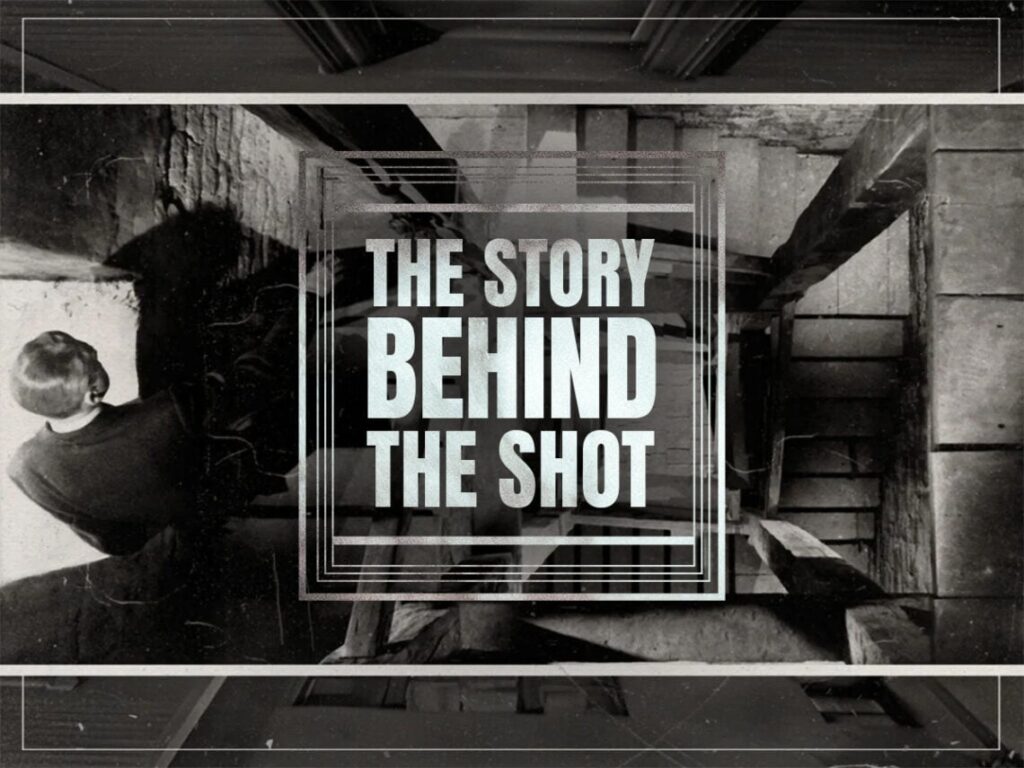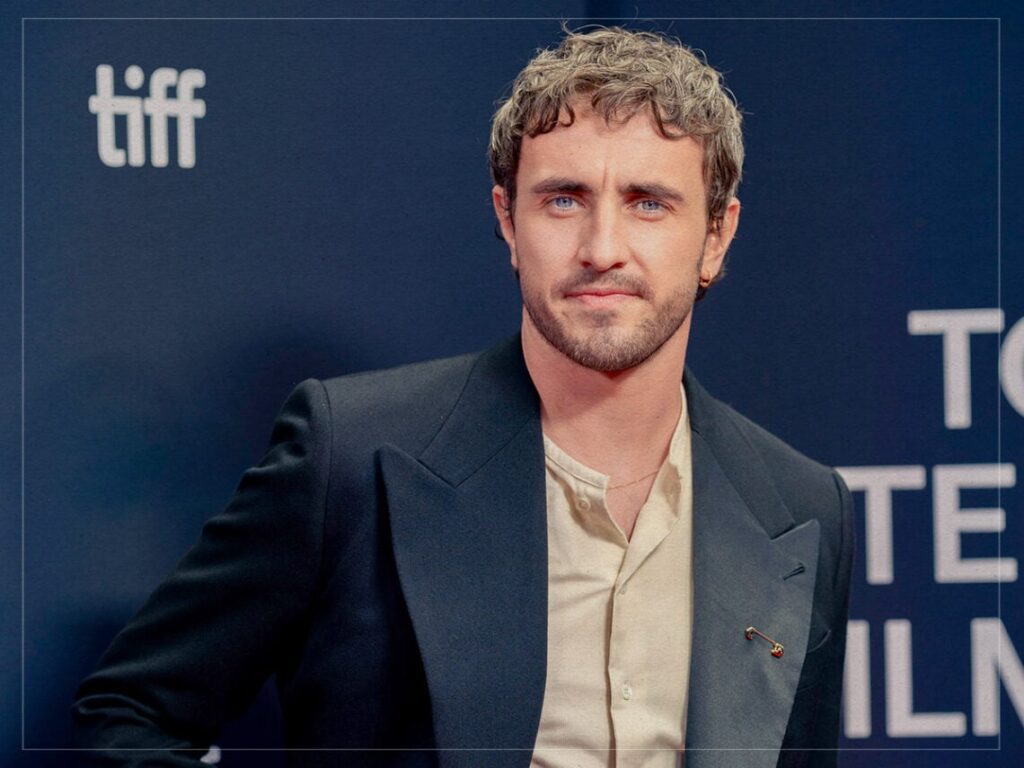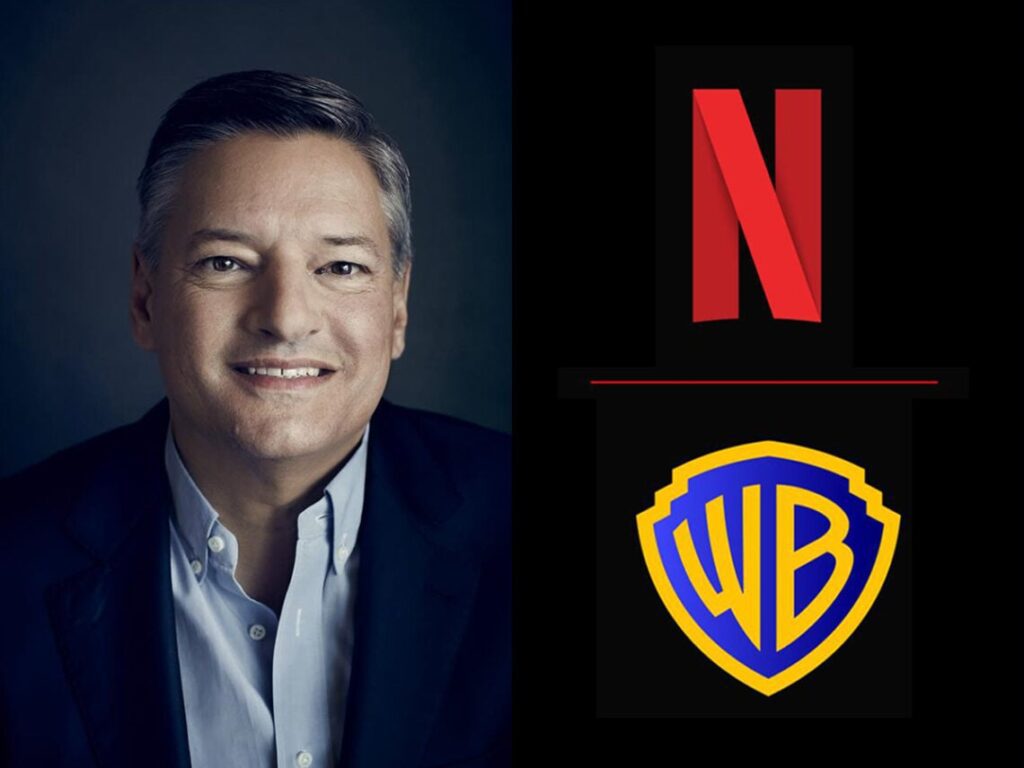The Story Behind The Shot: Alfred Hitchcock’s psychological disorientation in the ‘Vertigo’ bell tower scene
 Posted On
Posted On
(Credits: Far Out / Paramount Pictures)
Alfred Hitchcock is credited with a shockingly long list of cinematic innovations that are now integral tools in any filmmaker’s toolbag. From co-creating the term “MacGuffin” alongside his screenwriting collaborator Angus MacPhail to describe a purposefully misleading plot device to pioneering the type of drawn-out suspense sequences that now dominate thrillers and action movies, he is one of the most pivotal figures in film history.
One of his most imitated innovations is the dolly zoom, which is frequently called the “vertigo effect” and the “Hitchcock zoom” due to its first use in the 1958 film Vertigo. The thriller stars Jimmy Stewart as Scottie, an ex-cop who has been sidelined from the job due to his crippling acrophobia. When an old friend asks him to track his wife, Madeleine (Kim Novak), who he fears is in a psychological crisis, Scottie reluctantly agrees.
He soon becomes obsessed with the mysterious woman and follows her out to a chapel in the countryside near San Francisco. There, he sees her climb the bell tower and, despite his fear of heights, begins to follow her. Running up the steps, he pauses to look down and is overwhelmed by vertigo. The ground appears to be rushing away from him as the staircase moves toward him. It’s an unnerving shot and one that continues to be a favourite of many filmmakers.
Achieved by dollying a wide-angle lens backwards while zooming in (or vice versa), it gives the sickening effect of the background warping and distorting while the subject that’s in focus stays sharp. Before Hitchcock created the effect, filmmakers had experimented with how a camera’s placement and movement could externalise their characters’ psychological state. The German Expressionists, in particular, used tilted camera angles to evoke a sense of unease and disorientation, and Orson Welles used it extensively in his film The Third Man. However, the dolly zoom is one of the most powerful uses of the camera because of its ability to reliably prompt nausea, regardless of whether it’s shown on a laptop screen or an IMAX.
So, how did Hitchcock come up with this devious effect that would come to torture audiences in everything from Raging Bull to Shawn of the Dead? It all started with his 1940 film Rebecca, an adaptation of the Daphne du Maurier novel about a young bride who finds her new home consumed by the spectre of her husband’s late wife. It’s an eerie, atmospheric mystery and would likely have made good use of the effect, but Hitchcock wasn’t able to achieve the technique due to the clunky cameras available at the time. 18 years later, second-unit cameraman Irmin Roberts, who had worked with the director on Rear Window, figured out how to do it.
Many filmmakers who have used the dolly zoom since Hitchcock first used it have employed it during scenes in which characters are under the influence of drugs (Pulp Fiction), reeling from shock or horror (Apollo 13 and Jaws), or sensing the approach of evil forces not far from the Shire (The Lord of the Rings). All of these make memorable use of the effect, but Hitchcock demonstrates that, despite being the first to use it, he knew precisely how to lace it into the story in the most narratively effective way.
For one thing, he doesn’t linger on the shot. He shows Scottie running up the stairs, briefly peering over the bannister to see the ground rushing towards him and then continuing his climb. These brief, dizzying shots dole out the sickening effect so that you are waiting with bated breath to see it again. Instead of simply springing it on the audience and lingering at nauseating length, Hitchcock moves quickly. It remains part of the story rather than a surrealistic flourish. Scottie wouldn’t want to spend any more time looking down those stairs than the audience would.
It’s easy to envision another filmmaker being so thrilled with innovation that they would choose to bask in it, but Hitchcock is ruthlessly committed to storytelling and the pacing of suspense rather than showing off his artistic flourishes. Perhaps one of the reasons the shot is so memorable is precisely because of how sparingly it was deployed the first time.
[embedded content]
Related Topics


